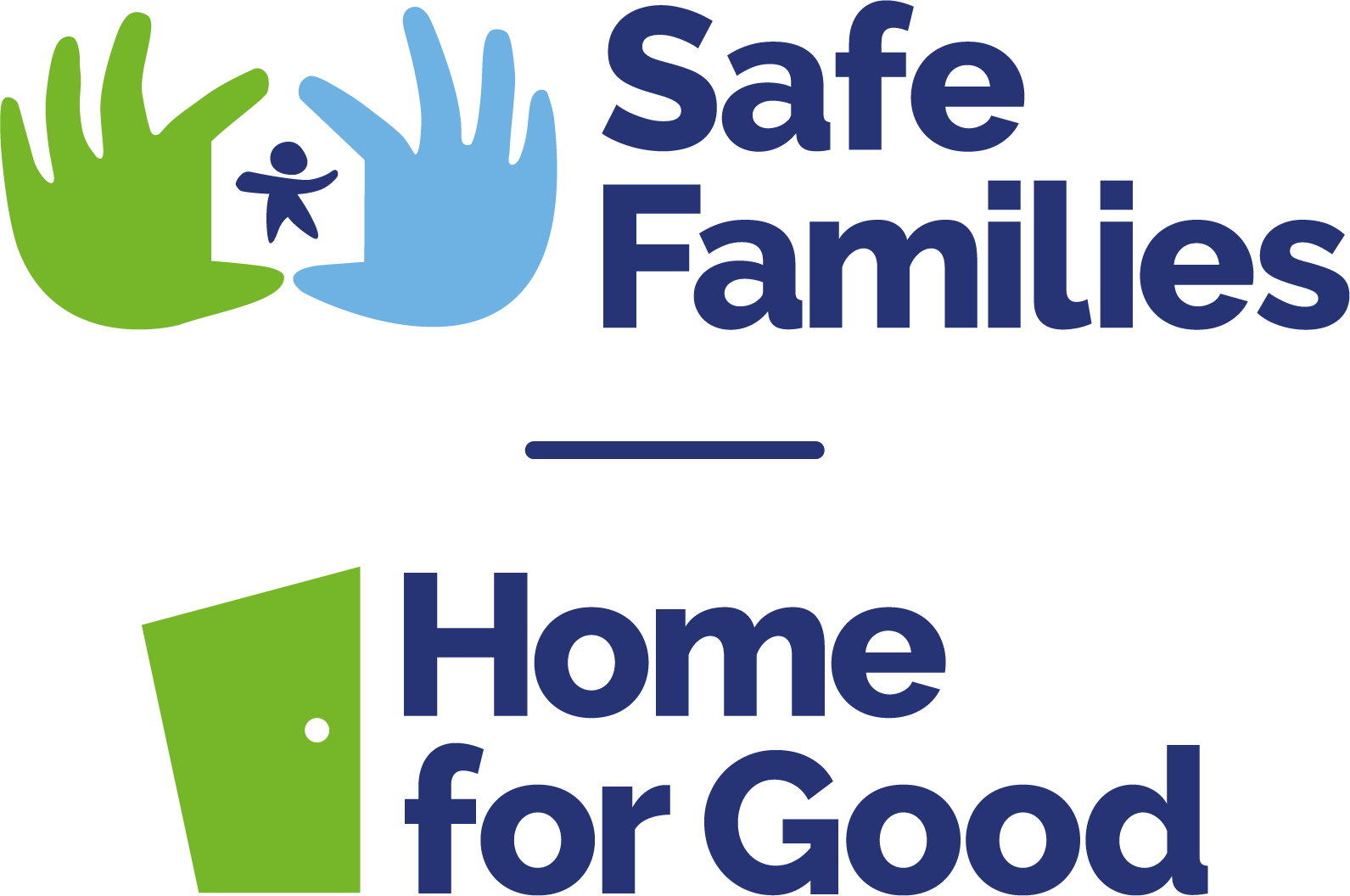Scotland
Overview
Please note: A child who is ‘looked after’ in Scotland includes all children looked after by a local authority, including some who remain living at home with their parents. Scotland is unique in this compared to the other UK nations.
For the purposes of comparison with other UK nations, ‘children in care’ in this section refers to children who are looked after away from their home or parents, unless otherwise specified.
- There are 9,959 children in care in Scotland, a 4% decrease from 2021 and a 10% decrease since 2012.36
- 2,909 children entered the care system in 2022, a 1% increase from 2021 and a 40% decrease since 2012.37
- 3,550 children left the care system in 2022, a decrease of 11% from 2021 and a decrease of 26% since 2012.38
- 6% of children ceasing to be looked after had been looked after for under 6 weeks.39
- 13% of children in care live in residential setting (n=1,284).40
Fostering
- Approximately 42% of children in care live with a foster family (n=4,155).41
- There are approximately 3,261 approved foster care households in Scotland. This is a 5% decrease from 2021 and a 13% decrease since 2018.42
- 43% of children in care live with kinship carers (n=4249).43
Adoption
- Of children who left care in 2022 5% went on to be adopted (n=193), a slight decrease since 2021 (6%) and 2012 (6%).44
- In 2022, 181 children were placed with adoptive families, this is a 9% decrease since 2021.45
- 49% of children who were approved for adoption were under the age of two.46
- In 2022, 41% of children that were waiting to be adopted were part of a family group that services were trying to keep together.47
Care leavers and care experienced young people
- 30% of school leavers who were in care during 2021/22 were not in further or higher education, employment, or training 9months after leaving school, compared to 7% of all school leavers.48
- 25% of prisoners self-identified as care experienced, with 16% of care experienced prisoners having had more than six different placements whilst in care.49
- It is estimated that 17% of young people leaving care who are eligible for aftercare go on to make a homeless application.50
- 5% of all homeless households with a household member under the age of 25 contain a member under 25 that has been looked after by their local authority as a child.51
I would like to find out what is
going on in my area





